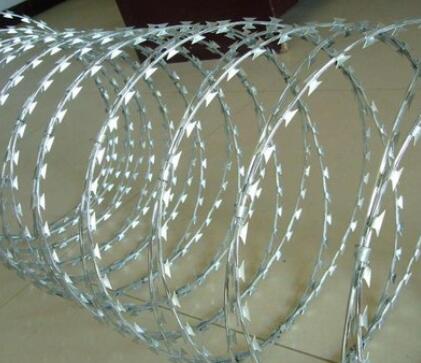Understanding Wallboard Screws A Guide to Choosing the Right Fasteners
When embarking on a drywall installation project, one of the most crucial decisions you'll make revolves around the choice of fasteners, specifically wallboard screws. These specialized screws are engineered to support the weight of wallboards, facilitate a smooth finish, and ensure lasting durability for your project. In this article, we’ll delve into the essential features and selection criteria for wallboard screws and why they are integral to drywall construction.
What Are Wallboard Screws?
Wallboard screws, also known as drywall screws, are designed specifically for attaching gypsum board (drywall) to wooden or metal studs. They possess a sharp, fine point that allows for easy penetration into the material, reducing the likelihood of damage during installation. Typically, these screws are made from steel and feature either a phosphate coating that helps resist corrosion or a black oxide finish for enhanced durability.
Types of Wallboard Screws
There are two primary types of wallboard screws coarse-thread and fine-thread screws.
1. Coarse-Thread Screws These screws are usually used for attaching drywall to wooden studs. The wider thread provides a strong grip and helps ensure a secure bond with the wood, making it ideal for projects where the studs are made from softer wood, such as pine.
2. Fine-Thread Screws Fine-thread screws are preferred for securing drywall to metal studs. Their close-set threads grip the metal more firmly, preventing stripping and allowing for a tighter hold. This variety is particularly useful in commercial installations where metal framing is prevalent.
Selection Criteria for Wallboard Screws
When selecting wallboard screws, consider the following factors
1. Length The length of the screw is critical for proper attachment. For standard ½-inch drywall, a screw length of 1 ¼ to 1 5/8 inches is typically sufficient when attaching to wooden studs. When working with thicker drywall, such as 5/8-inch, longer screws may be required.
wallboard screws

2. Coating Opt for screws with a corrosion-resistant coating, especially in areas prone to moisture. Phosphate-coated screws are common, but anodized or galvanized options can offer increased resistance in humid environments, such as bathrooms or kitchens.
3. Thread Type As previously mentioned, choose between coarse and fine-thread screws based on your underlying framework. Utilizing the correct thread can dramatically improve the integrity of the installation.
4. Head Type Wallboard screws typically come with either a flat or bugle head. Bugle-head screws offer a broad surface, allowing for a flush finish without damaging the drywall, making them the preferred choice in most drywall installations.
Installation Tips
To achieve the best results when using wallboard screws, follow these installation tips
- Spacing When attaching drywall, screws should be spaced approximately 16 inches apart in the field and 12 inches apart at the edges to ensure proper support and reduce the risk of sagging or cracking.
- Avoid Overdriving Use a screw gun with adjustable torque to prevent overdriving the screws, which can damage the surrounding drywall and lead to paper tearing.
- Screw Placement Ensure screws are placed about ½ inch from the edges of the wallboard to minimize the risk of cracks and to keep the board stable.
Conclusion
Choosing the right wallboard screws can greatly influence the success of your drywall project. By understanding the types, features, and best practices for installation, you can ensure a sturdy, long-lasting finish for your walls. Whether you are a DIY enthusiast or a professional contractor, selecting the appropriate screws will lead to better results and ultimately enhance the quality of your work. So, next time you embark on a drywall project, don't overlook the importance of wallboard screws—they are the unsung heroes of drywall installation!

















